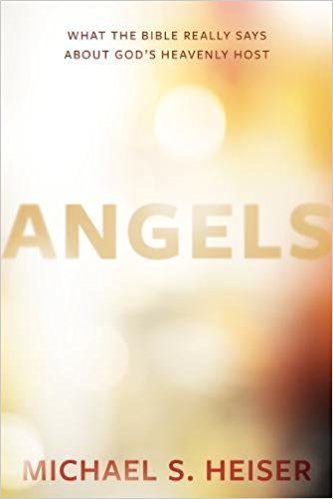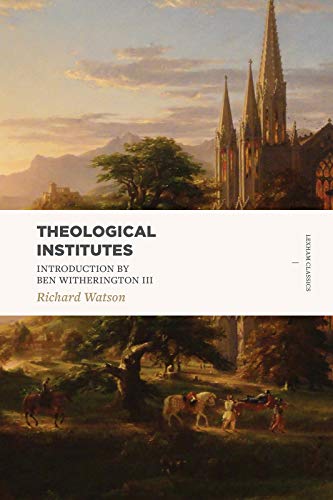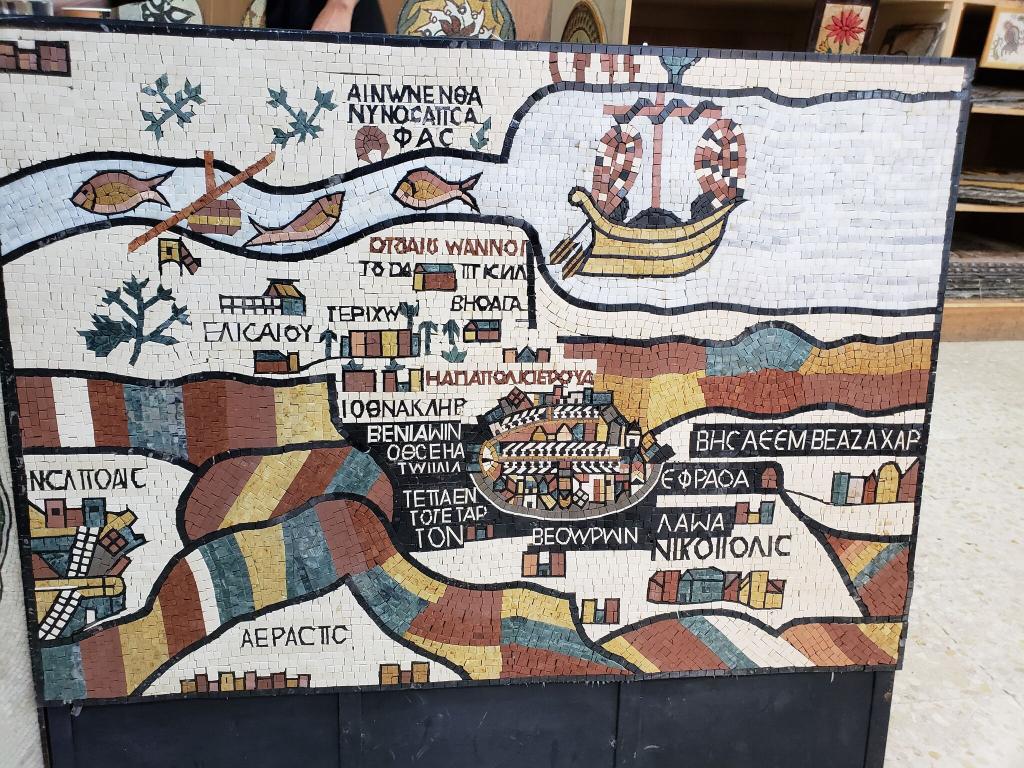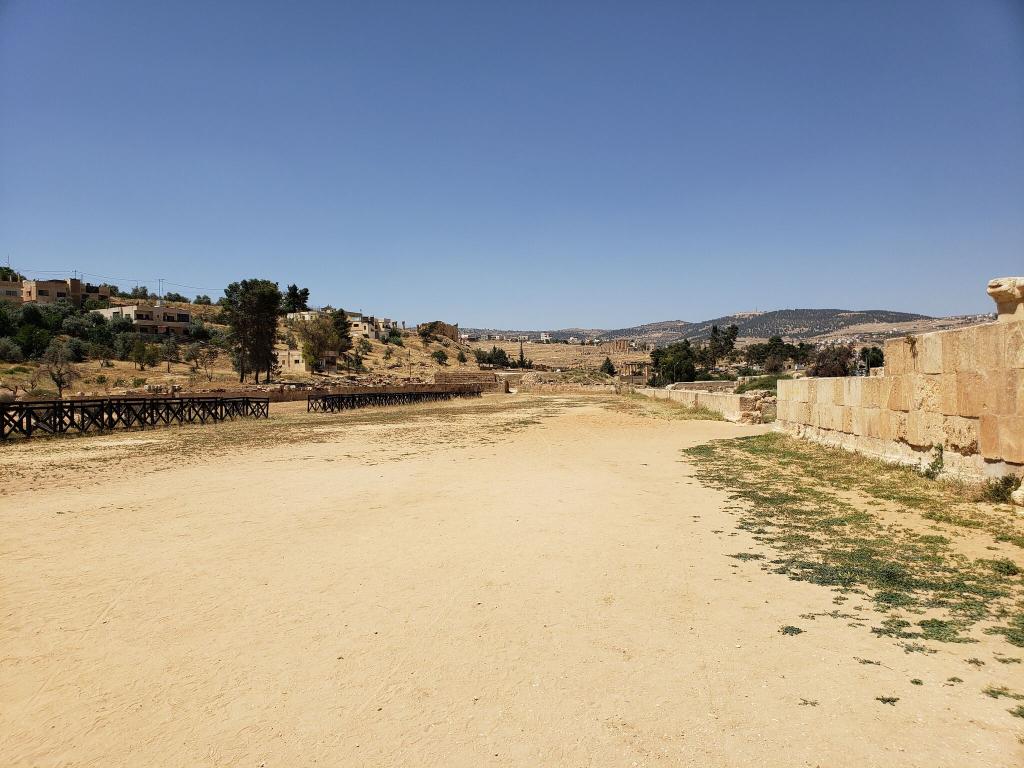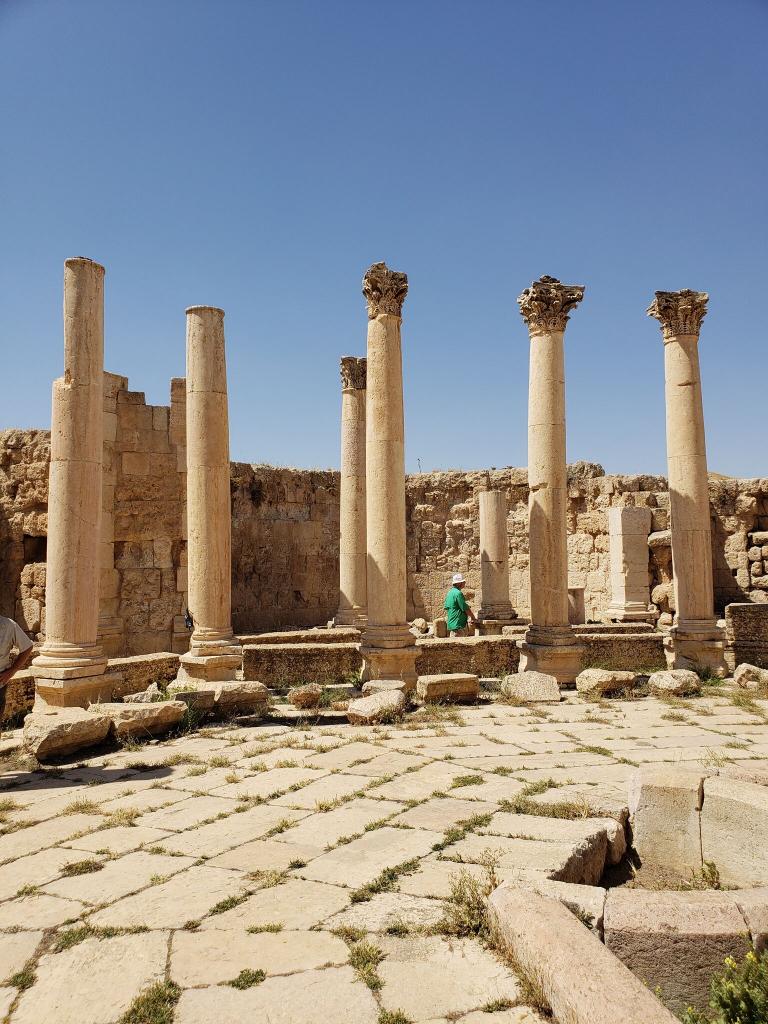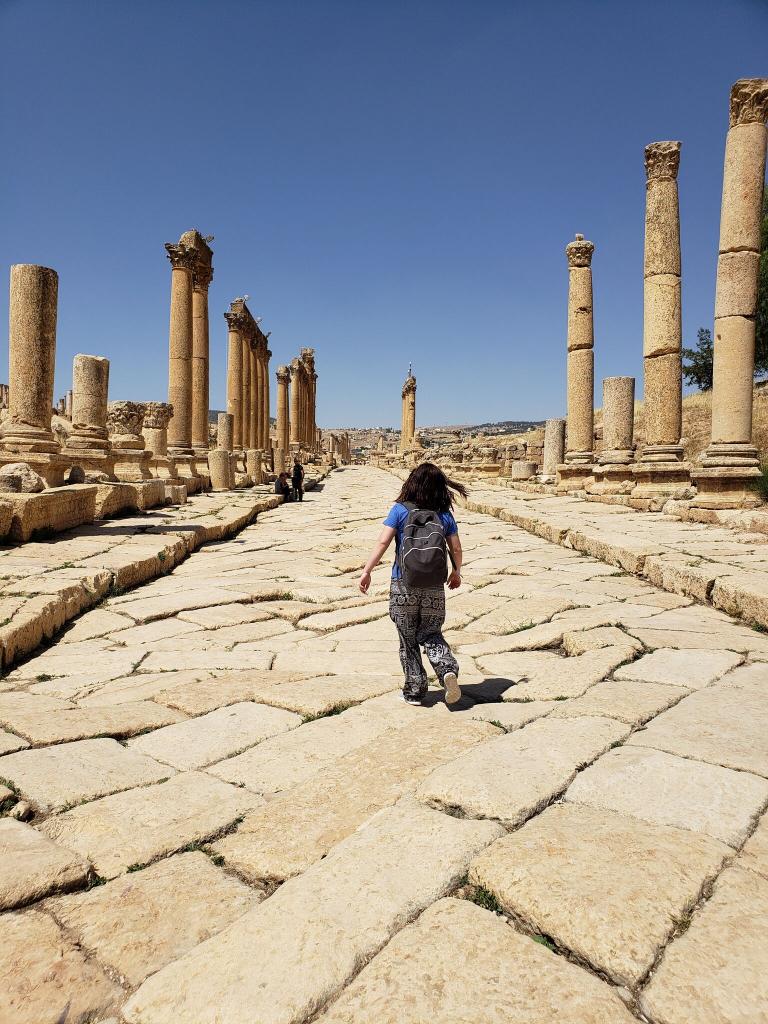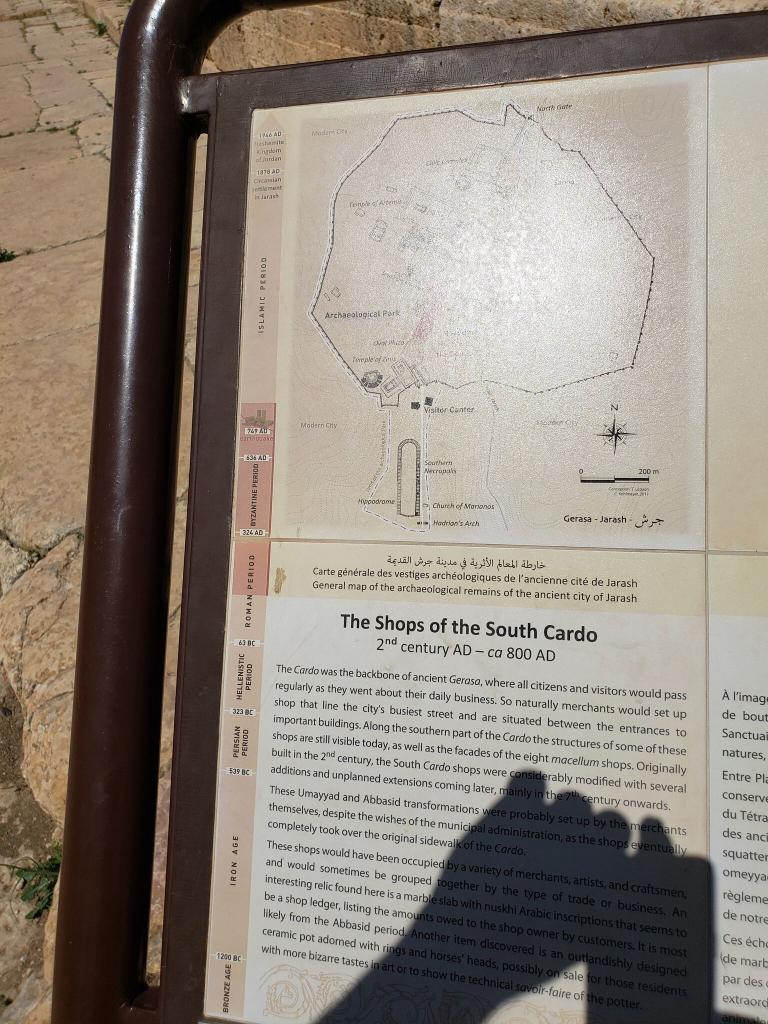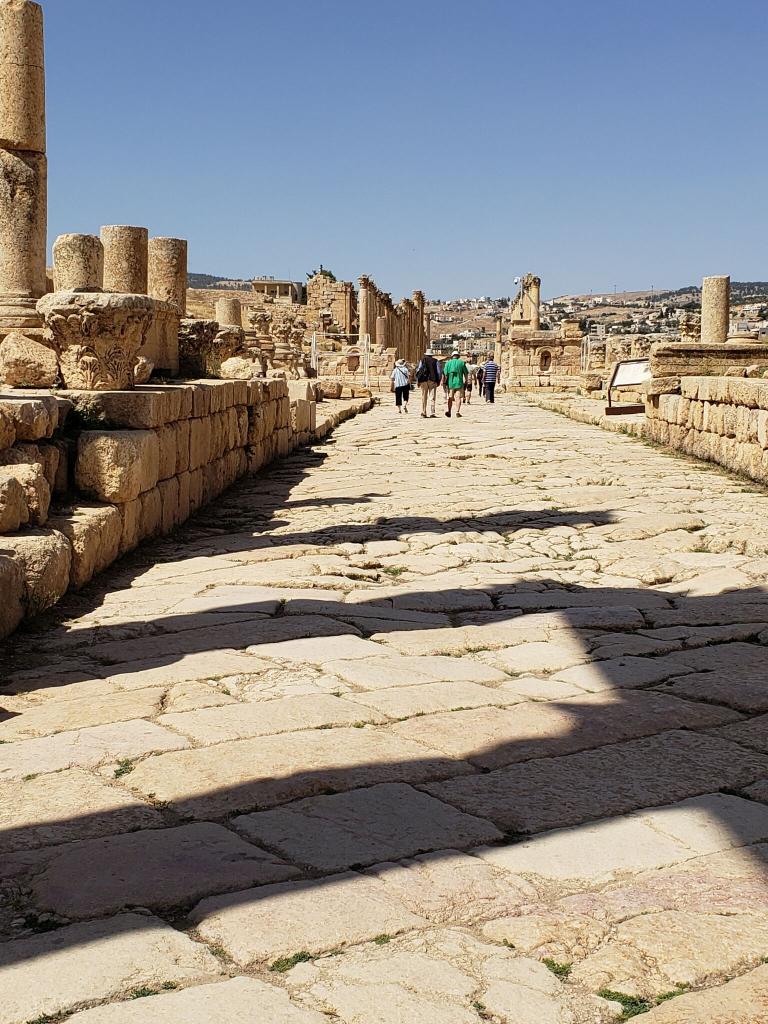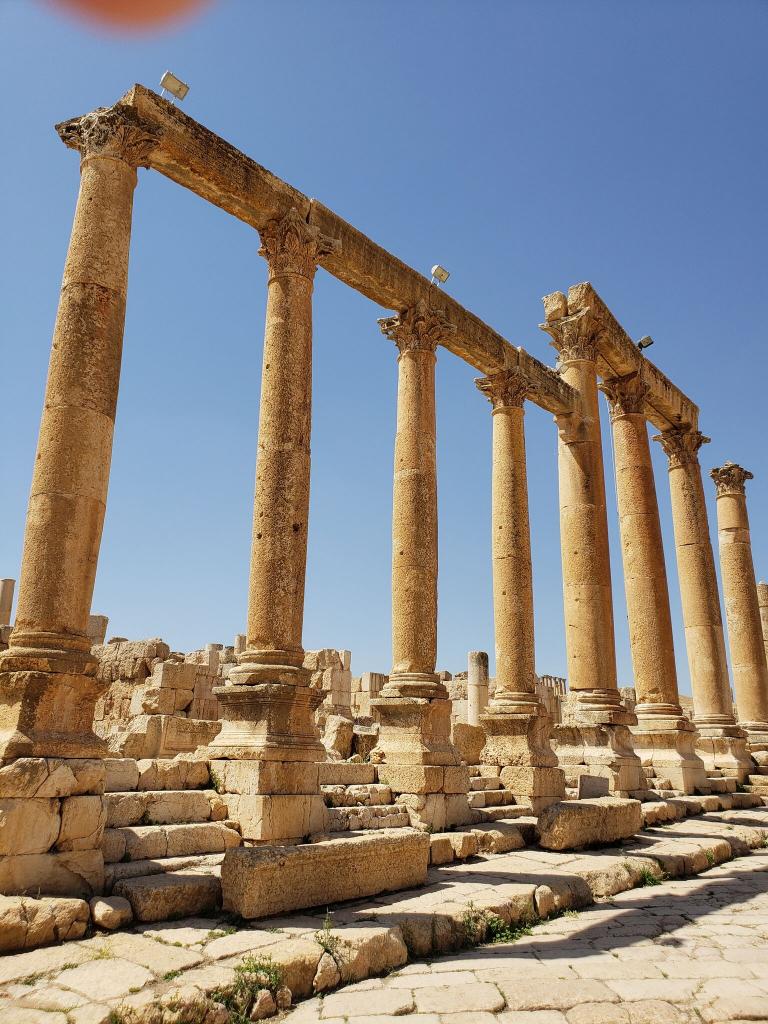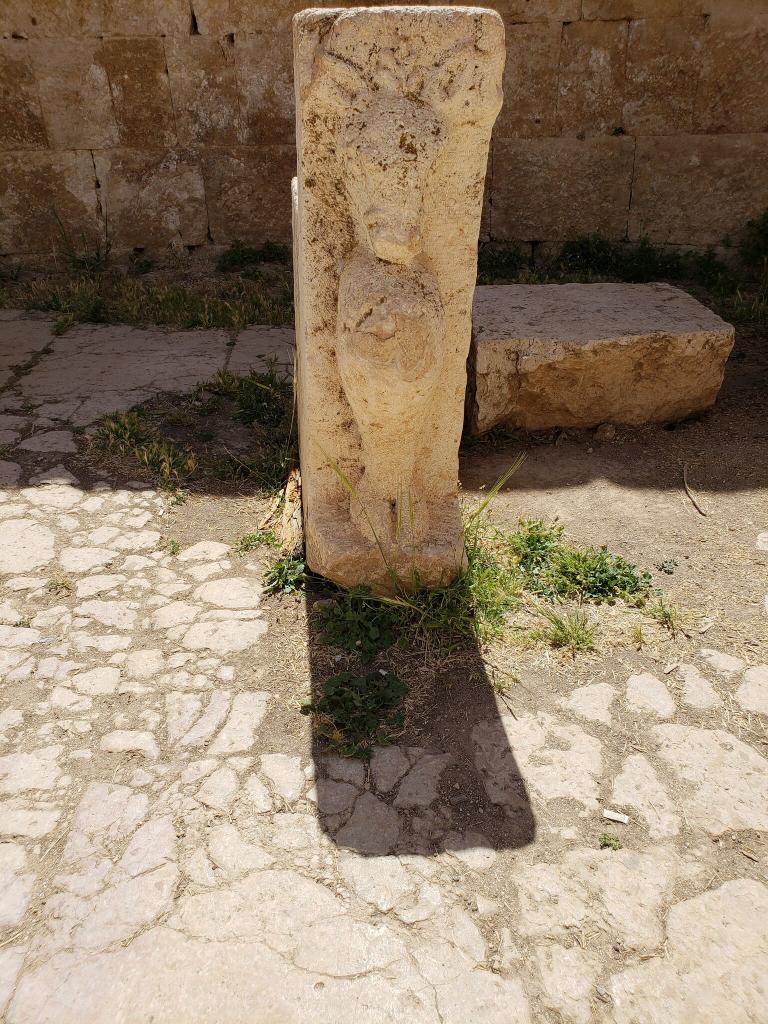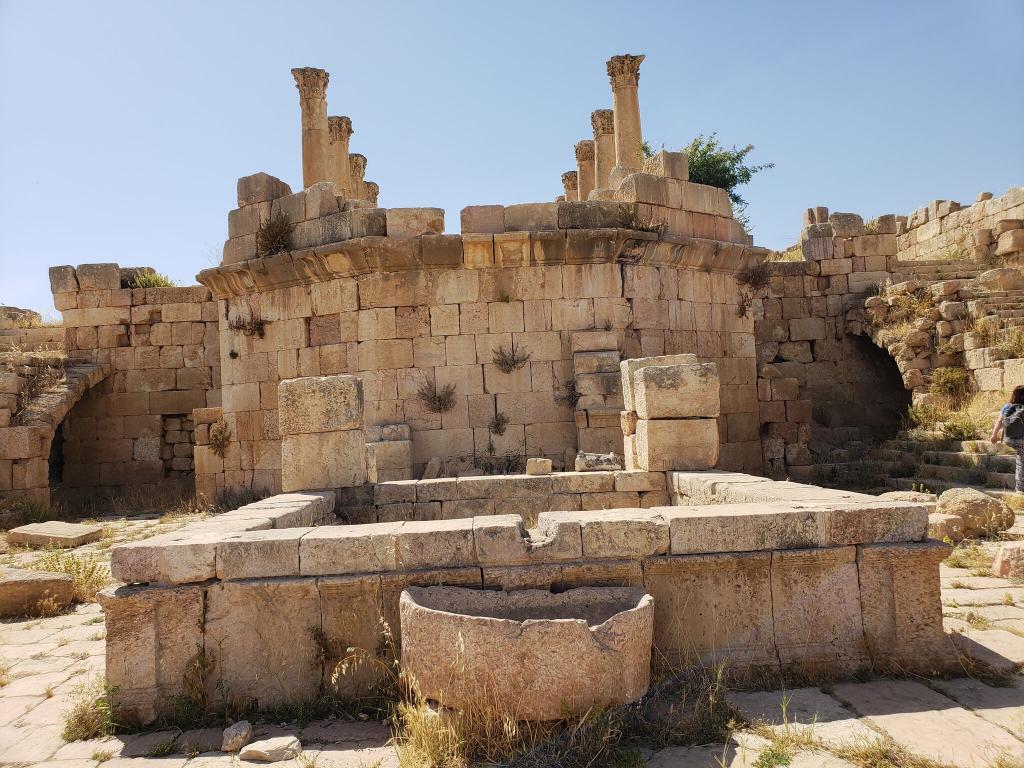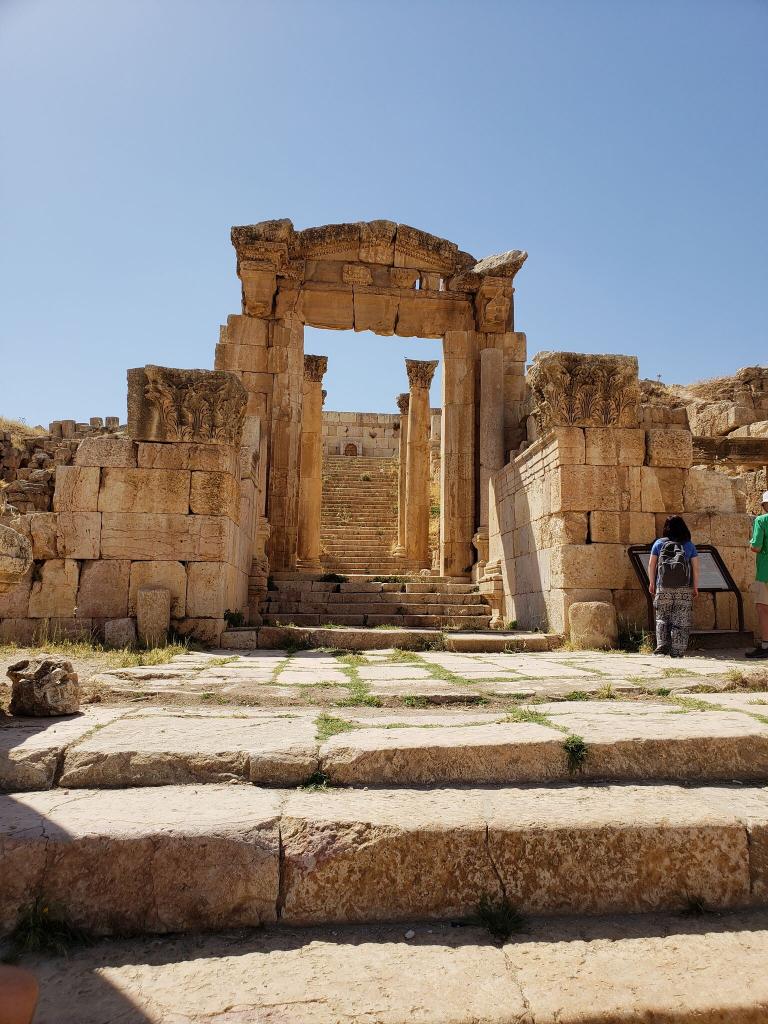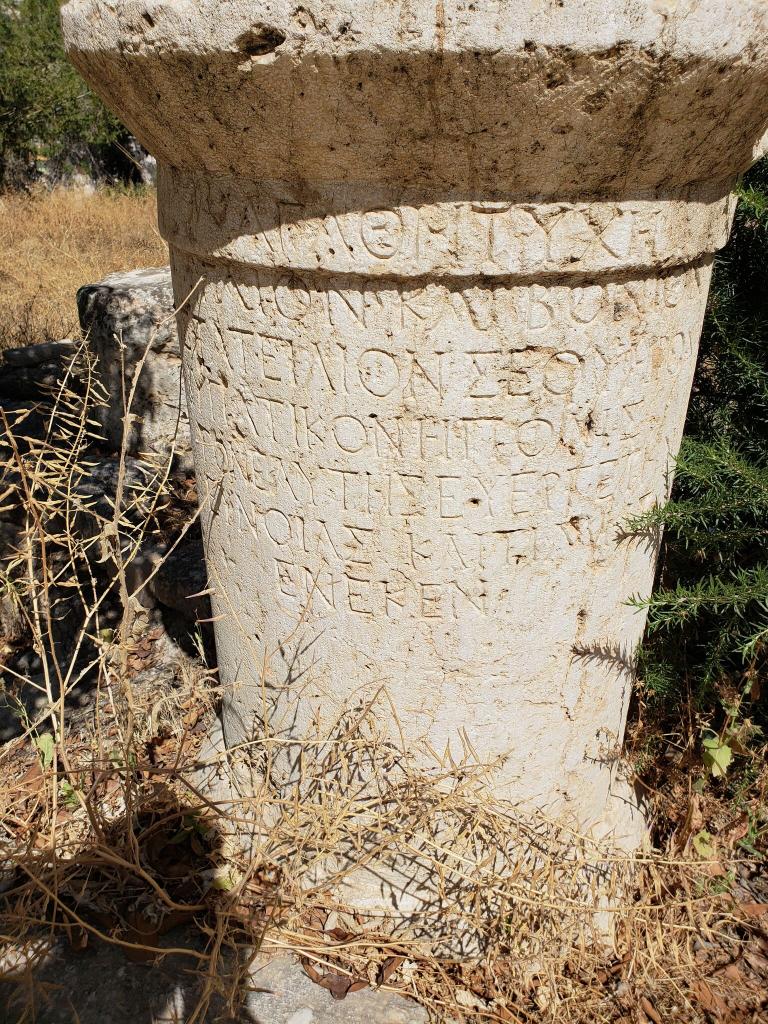The last two briefer chapters of the book deal with special topics, and then erroneous ideas about angels that Michael has encountered along the way. Some of this material is helpful as well. One interesting point is that Heiser pp. 147-52 urges us to realize that reconciliation of all things in heaven and on earth, as indicated in Colossians 1.19-20 is not about the redemption of fallen angels. I agree. The reconciliation language doesn’t have to do with the forgiveness of sins, it has to do with the restoration of the proper order of all of creation and its creatures. Creation, for example did not sin. Redemption has as its target human beings. The Bible is about the salvation of ‘the world’ of humankind, not about the redemption of angels. For one thing, they don’t need the gift of everlasting life. They were already immortal, though God could causes them to cease to exist. For another, all of the discussion of punishing of fallen angels in 1 Pet. 3, 2 Pet. 2, and Jude is about their demise, their punishment. “The point is straightforward: the plan of salvation is focused on human beings because human beings were the original object of eternal life in God’s presence on earth. Angels were not the focus because the fall disrupted an earthly enterprise. God’s human imagers were corrupted, left estranged from God– left unfit to live in God’s presence. In the end it will be human beings who will share authority with Christ in ruling the new earth, not angels.” (p. 153). Indeed as Paul says believers will even judge angels in the Kingdom.
Heiser discussion of what Paul means by speaking in the tongues of angels in 1 Cor. 13.1 is interesting but insufficient. It’s not likely to be merely hypothetical in view of 1 Cor. 14, and clearly 13.1 distinguishes between the tongues of angels and the tongues of human beings. This is not a reference to the phenomenon at Acts 2 where disciples suddenly gained an ability to speak in foreign human languages– a miracle my Greek students regularly pray for. More relevant is Ascen. of Isaiah 6-11, since this is a Christian document, which rather clearly provides instances of non-human angelic languages. A prophet is said to gain the ability to speak like them and to read books written in their language. (see p. 161).
Michael goes on to remind that, like humans, angels are fallible. Also humans do not become angels when they die, that 2 Cor. 11.14 reminds us angels can take on human form, and Satan can even disguise himself as one of the good bright angels.
There is much to be appreciated in this brief book, and as you can see, it has certainly teased my mind into active thought in good ways, even when I disagree with some of Michael’s conclusions. We will hope he goes on to the Devil and Demons in his next book. It should be must reading.
The measure of a good book is not whether it confirms and informs what one already suspected or believed. No, the measure of a good book is one that makes you think hard about those previous ideas and beliefs, sometimes reinforcing, sometimes critiquing what one has thought. Angels is such a book.


